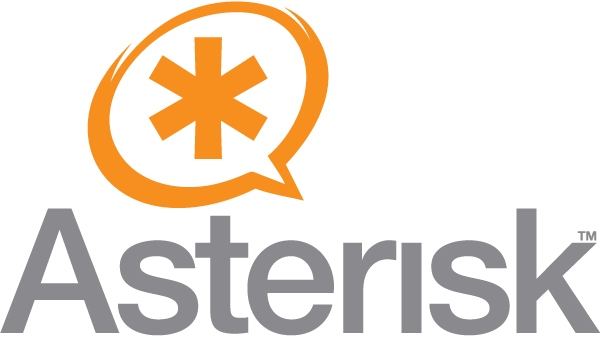 Open source-based IP telephony has been an evolving undercurrent of the VoIP market since Mark Spencer wrote Asterisk in 1999. Originally a big component of the VON series of events in the early 2000s, AsteriskWorld has found its home at TMC's ITExpo held in Florida in Feburary and in Los Angeles in the fall.
Open source-based IP telephony has been an evolving undercurrent of the VoIP market since Mark Spencer wrote Asterisk in 1999. Originally a big component of the VON series of events in the early 2000s, AsteriskWorld has found its home at TMC's ITExpo held in Florida in Feburary and in Los Angeles in the fall.
Although initially focused on small business, the platform has achieved remarkable success in recent years and the approach has attracted big players too. 3Com and Nortel each offer open source solutions – 3Com resells a Digium offering, while Nortel recently acquired the assets of Pingtel , which used the SipX project for its offer. Nortel uses SipX in the SCS500 IBM-based System I solution.
I enjoyed the Asterisk panels immensely, as the presenters offered real insights and practical advice to their peers. Well done!
 The experienced Asterisk panel included a vendor of custom applications for Asterisk, a builder of Asterisk PBX solutions, a systems integrator and marketer of USB channel banks (imagine PSTN-IP gateways connected to the server via USB instead of PCI cards) and a contact center specialist. The panel discussed Enterprise Pitfalls.
The experienced Asterisk panel included a vendor of custom applications for Asterisk, a builder of Asterisk PBX solutions, a systems integrator and marketer of USB channel banks (imagine PSTN-IP gateways connected to the server via USB instead of PCI cards) and a contact center specialist. The panel discussed Enterprise Pitfalls.
To a large extent, the panel accepted that IT people are our friends. They want to deploy an all-software solution based on industry standard components. The issue for every customer is that they must sell the idea to the top brass of the company, and this is where only the successful Asterisk systems integrator can get the go ahead. Successful Asterisk SIs don't leave this critical step just to the IT department. They ask to go along, and are skilled at making the pitch.
The panel suggested that there are often two divisions with the company – the old school phone guys and the IT dudes. The first thing the old school phone guys do is ask the legacy vendor 'what card do I need to deliver unified communications?… for fixed mobile convergence?… for contact center? for ..blank reason to consider alternative? To combat this, the panel reported that low pricing didn't help at all.
It was acknowledged that it was critical to take the project up to finance EARLY in the sales cycle to educate and overcome objections when there's no other vendor at the table. Of course, every vendor will fight hard to keep the deal – especially in these downcycles.
Key position points are that:
- Open source is not free, it is flexible.
- It runs on a computer? (immediately thinking of reliability of hard drives, OS stability (thank you Windows! arghhh).
- Will the vendor of this open source solution be around as long as the incumbent?
- What's the residual value of an open source solution?
- How about technical support of this implementation?
- Is this a stable solution?
- Open source is in fact more stable, more resilient than commercial software
Enterprise SIs know that the enterprise market is more about project management to source, provision and implement a change in the infrastructure and support the solution than it is about price, or features or brand. The Asterisk integrator has to shine in VoIP implementation and be able to demonstrate that skill or they're toast early in the project.
Also, remember that it's about unified communications on a converged network, so understanding the network issues are key (discussed in the report, When Quality Counts), and knowing that carrier provisioning problems causes the most outages, far greater than Asterisk.
The entry of Asterisk into enterprise-scale VoIP implementations introduces a particularly demanding requirement onto Asterisk SIs, but the issues of scale, reliability and professionalism are addressable.









